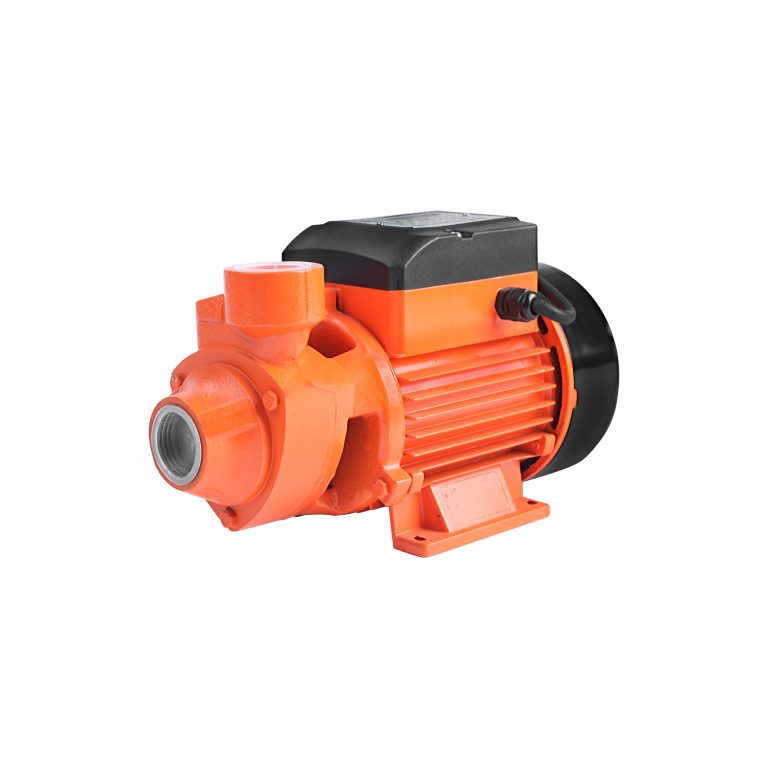Understanding Vortex Pump
The Vortex Pump, also known as a whirlpool pump, operates by harnessing the power of a swirling vortex to efficiently handle various types of materials such as liquid, sludge, and solids. This innovative concept allows for the effective movement and management of substances that may pose challenges for traditional pumps. With its unique mechanism, the Vortex Pump has found diverse applications across different industries due to its ability to tackle a wide range of materials.

Inner Workings
Vortex Mechanism
The Vortex Pump operates by creating a swirling motion within the pump chamber. This swirling vortex effectively agitates and moves various types of materials, including liquids, sludge, and solids. The mechanism allows the pump to handle these materials with ease, making it a versatile solution for industries dealing with diverse substances.
Components
Comprising a volute, impeller, and vortex chamber, the Vortex Pump’s design is integral to its efficient operation. The volute serves to collect the liquid or substance being pumped, while the impeller is responsible for generating the swirling motion essential for material handling. Additionally, the vortex chamber plays a crucial role in maintaining the vortex motion within the pump. These components work in tandem to ensure the smooth and effective handling of materials by the Vortex Pump.
Applications in Industries
Wastewater Treatment
- The concept of the Vortex Pump has revolutionized the wastewater treatment industry. Its efficient handling of solids makes it an invaluable asset in wastewater treatment plants. By utilizing the swirling vortex mechanism, the pump can effectively manage and transport solid waste, contributing to the overall efficiency of wastewater treatment processes.
Industrial Processes
- In industrial settings, the Vortex Pump finds extensive applications in handling abrasive or viscous materials. Its ability to efficiently handle a wide range of substances makes it an ideal choice for industries dealing with challenging materials. Whether it’s abrasive slurries or highly viscous liquids, the Vortex Pump’s unique concept enables seamless material handling, enhancing operational efficiency in various industrial processes.
Advantages and Limitations
Advantages
- Efficient Handling: The Vortex Pump excels in efficiently handling both solids and liquids, minimizing the risk of clogging. Its unique swirling vortex mechanism allows for the smooth transportation of various materials, making it a reliable choice for industries dealing with challenging substances.
- Versatility: This pump’s ability to handle a wide range of materials, including sludge and solid waste, makes it a versatile solution for different industrial applications. Whether it’s in wastewater treatment plants or industrial processes, the Vortex Pump proves to be adaptable and effective in managing diverse substances.
Limitations
- Pressure Constraints: One limitation of the Vortex Pump is its suitability for applications requiring high pressure. While it excels in handling materials with its swirling motion, it may not be the ideal choice for tasks that demand high-pressure pumping. Industries needing high-pressure operations may need to explore alternative pump options to meet their specific requirements.
Vortex Pump Overview
The Vortex Pump stands out as a versatile solution for industries dealing with diverse materials, offering efficient handling of liquids, sludge, and solids. Its innovative mechanism, driven by the swirling vortex concept, enables seamless material management in various applications.
Vortex Pump Advantages: The pump’s ability to effectively handle a wide range of materials, including solid waste and viscous substances, makes it a valuable asset in wastewater treatment plants and industrial processes.
In conclusion, the Vortex Pump’s unique working principle positions it as an essential tool for efficient material handling across different industries.
